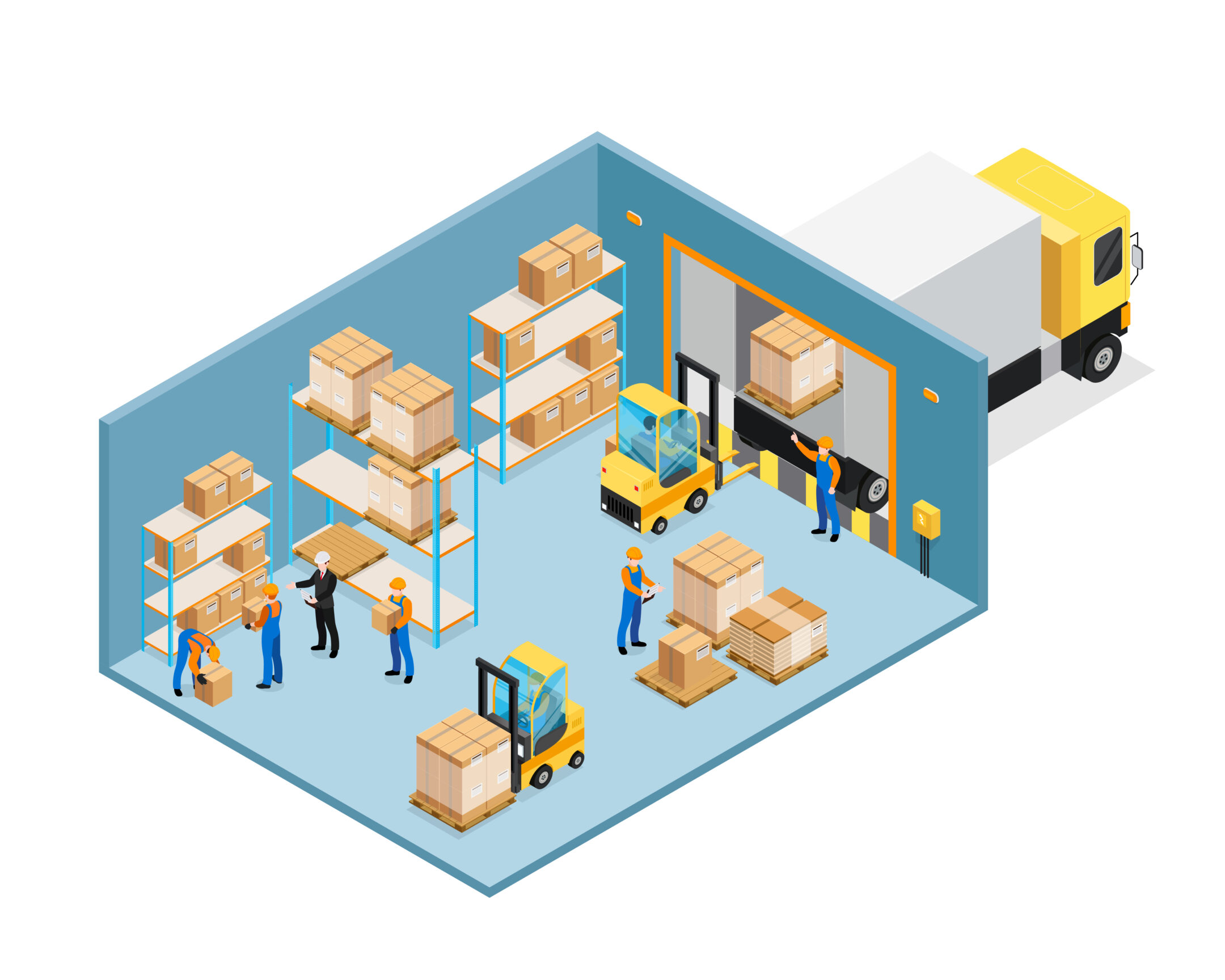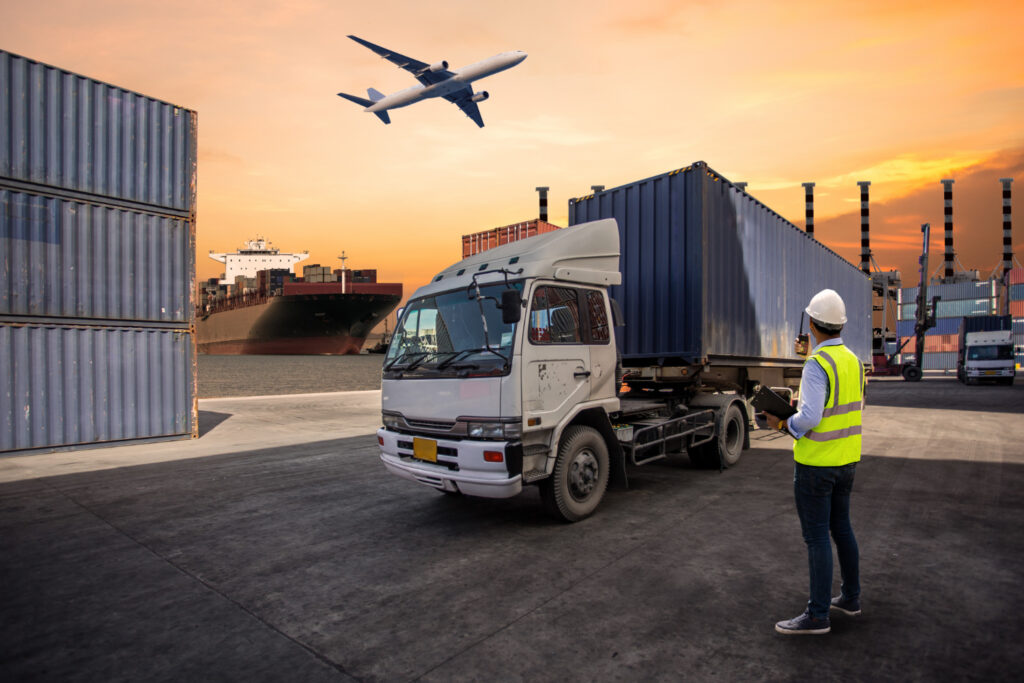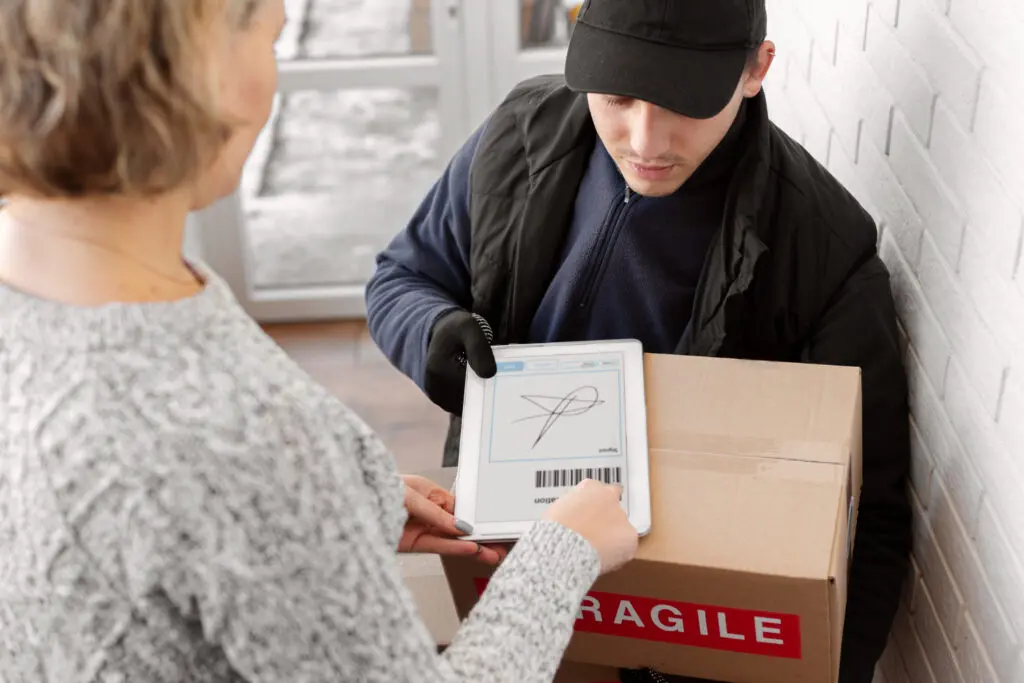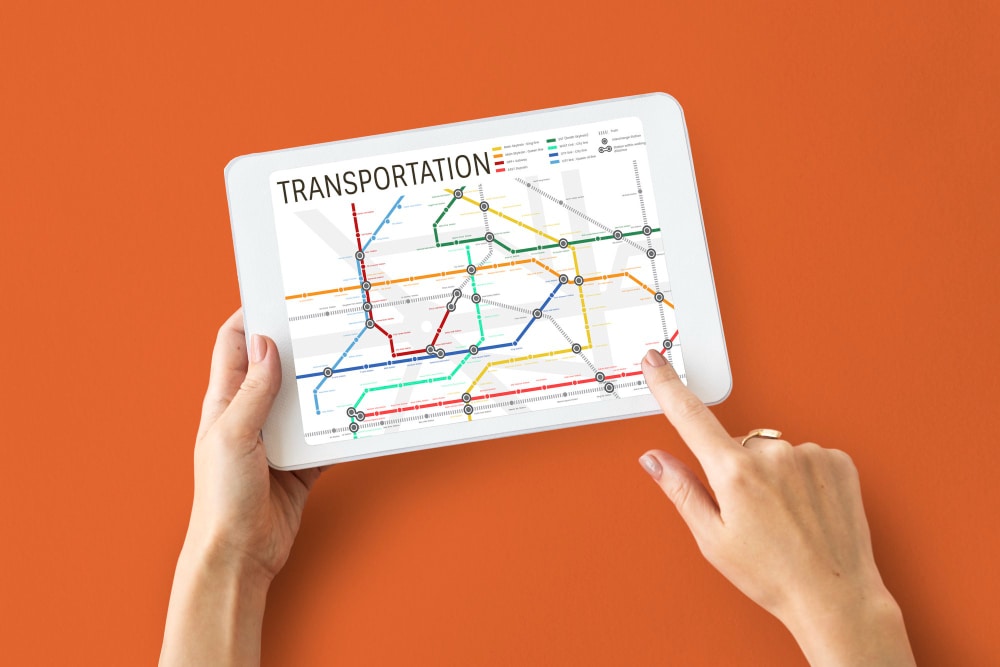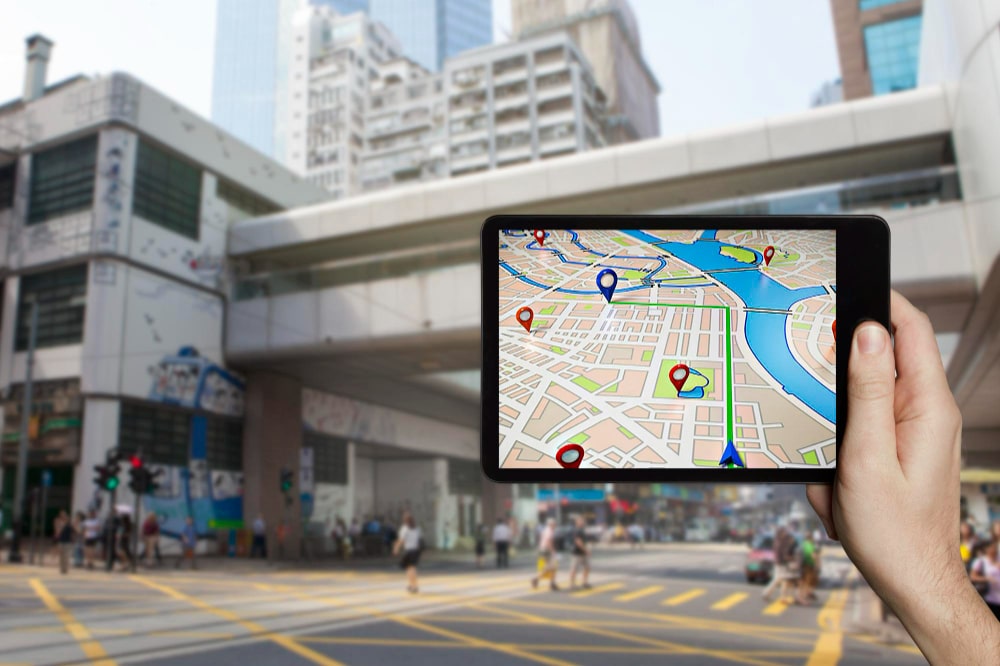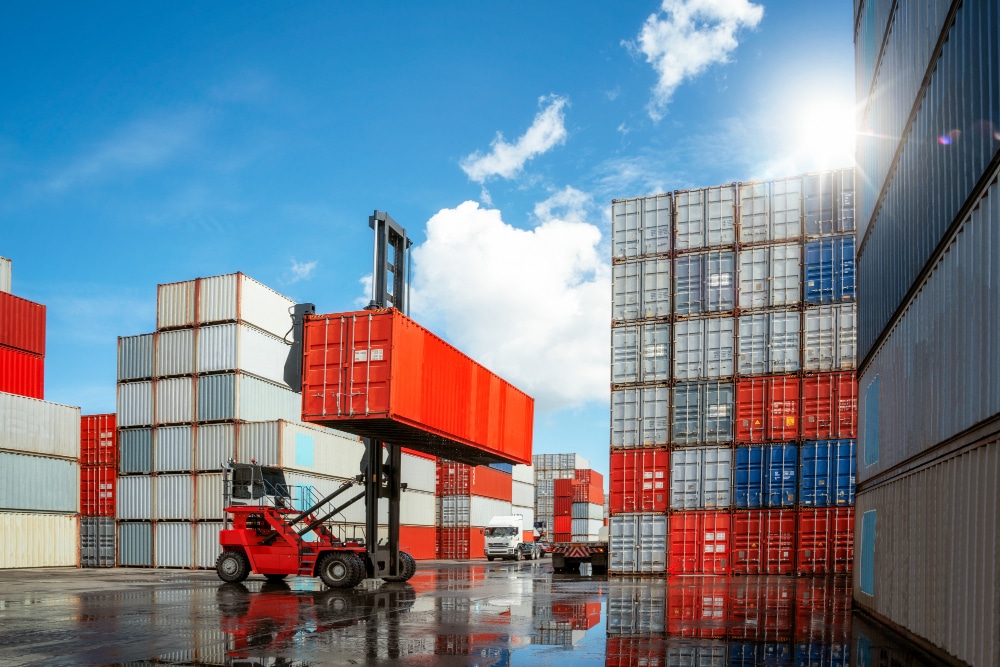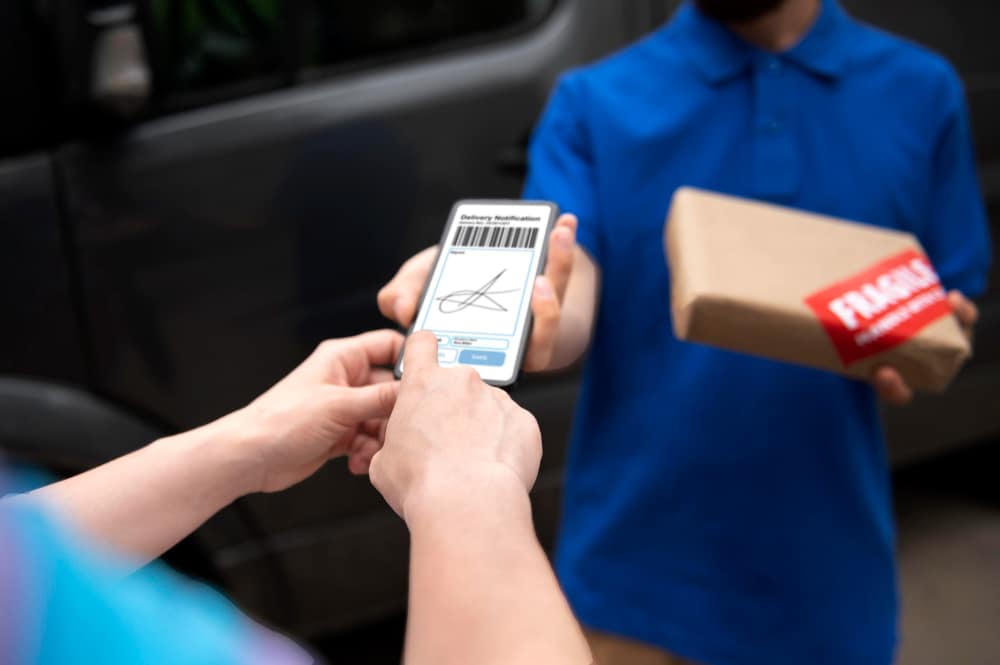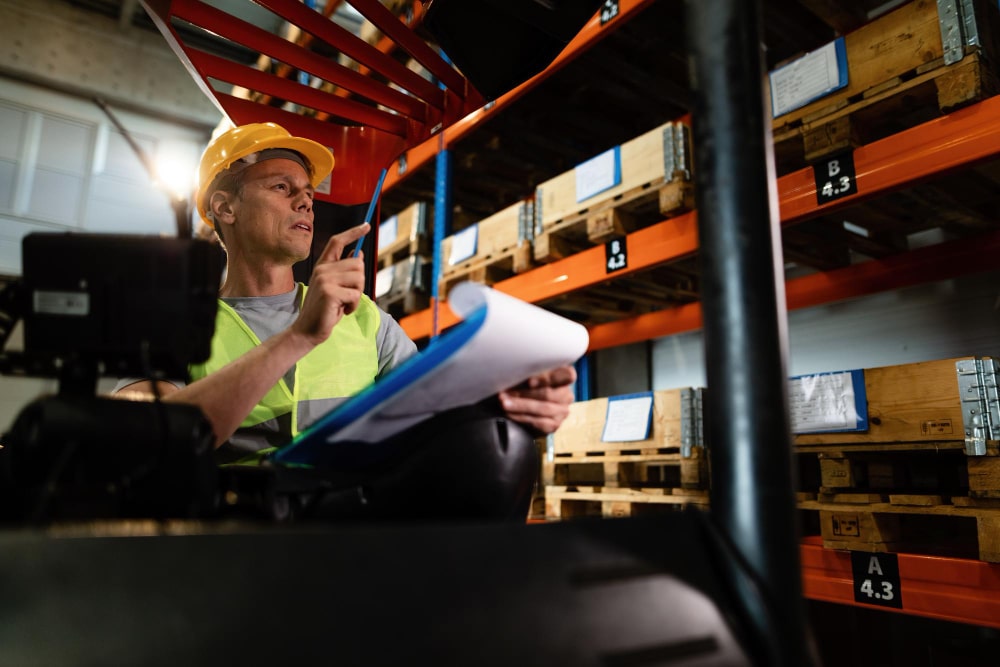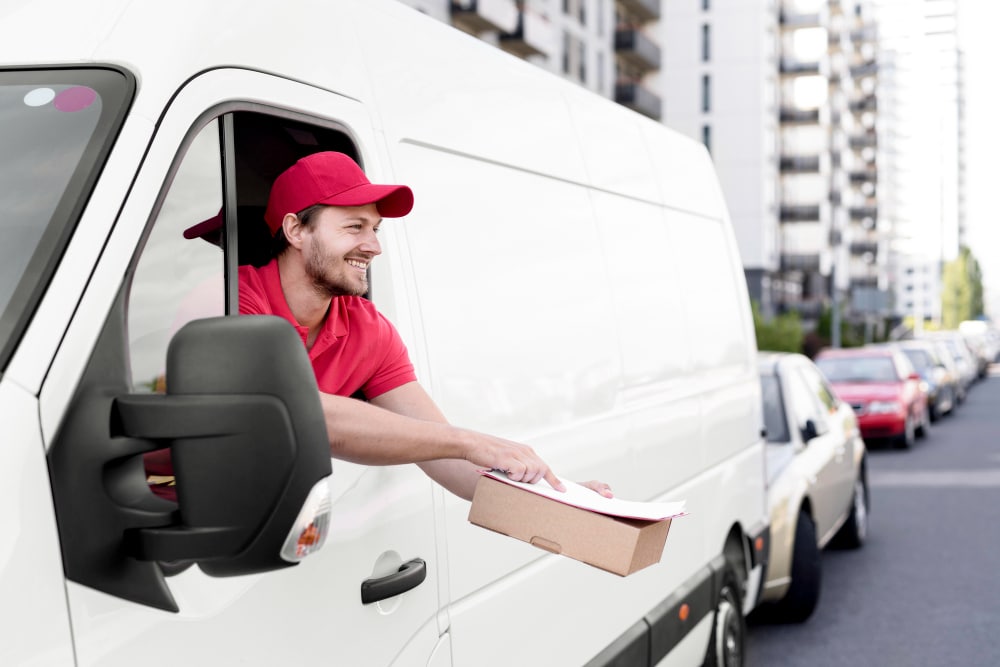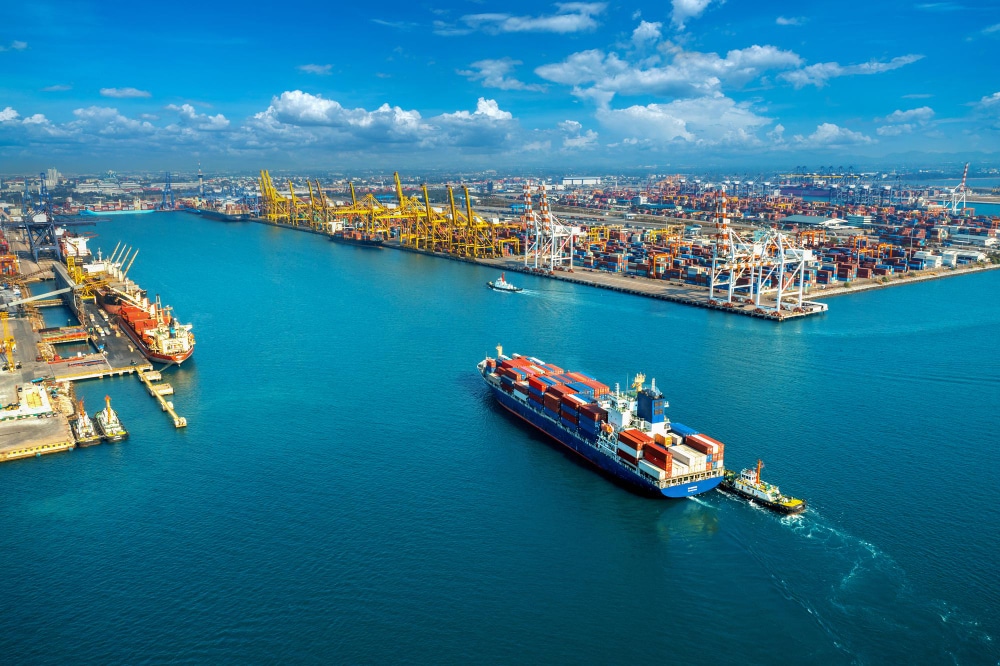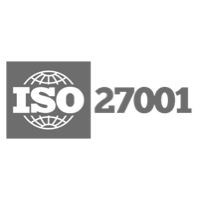Reverse logistics is a term that may be unfamiliar to many business owners, but it is something that should be given serious consideration. Simply put, reverse logistics refers to the process of returning or redistributing products and materials after they have been sold or used.
In other words, it’s the process of getting goods back to the supplier or manufacturer. While this process can seem daunting, there are several strategies business owners can use to make it more manageable. Read on for tips on reverse logistics management!
Want to Minimize Returns and Boost Customer Satisfaction ?
Get real-time updates, optimize routes, and improve operational efficiency with Detrack’s delivery management
What is Reverse Logistics?
Reverse logistics is managing the return and disposal of products and materials. It is a critical part of many businesses, particularly those in the manufacturing and retail sectors.
Reverse logistics can be complex and costly, but it is essential for ensuring that products are returned safely and efficiently and that waste is disposed of properly. Many businesses use reverse logistics to improve their environmental performance.
Businesses can reduce their environmental impact by recycling and reusing products and materials. Reverse logistics can also help businesses save money.
Here’s a step-by-step breakdown of how reverse logistics functions, from the point of customer return to the final disposition of the product:
- Customer Return Initiation: This step involves the customer contacting the retailer or manufacturer through various channels, such as online platforms or customer service centers, to communicate their intention to return a product.
- Return Authorization: Upon receiving the return request, the retailer or manufacturer evaluates the validity of the request. This involves checking whether the return falls within the specified policy and conditions.
- Return Packaging: With the return authorization, the customer is guided on how to pack and ship the product properly. Clear instructions are provided to ensure the packaging meets the standards necessary to prevent any damage during transportation.
- Product Inspection: Upon arrival at the return processing facility, the returned product undergoes a comprehensive inspection. This inspection assesses the product’s condition, checking for damages or defects.
- Disposition Decision: Based on the inspection findings, a decision is made regarding the next steps for the returned product.
- Restocking or Reselling: If the returned product is deemed in good condition, it may undergo restocking for resale. This could involve repackaging the product to ensure it appears new and meets the quality standards required for resale.
- Recycling: Products that cannot be resold or refurbished are directed towards recycling processes. This involves breaking down the product into its constituent materials, which are then recycled or repurposed for manufacturing other products.
- Documentation and Analysis: Detailed documentation is maintained throughout the reverse logistics management process. This documentation includes records of return authorizations, inspection results, and final dispositions.
Reverse Logistics vs. Forward Logistics
Reverse logistics is returning goods and materials to their original manufacturers or suppliers. This can be done for various reasons, such as when products are defective, when customers return purchased items, or when companies need to recall products due to safety concerns.
Conversely, forward logistics is the process of moving goods and materials from suppliers to customers. This is the more traditional form of logistics, and it is typically what most people think of when they hear the word “logistics.”
While forward and reverse logistics are important for businesses, they are very different processes. Here’s a table to illustrate their differences further:
| Aspect | Forward Logistics | Reverse Logistics |
| Direction | Moves products from the manufacturer to the consumer | Involves the return of goods from the consumer back to the manufacturer or seller |
| Primary Goal | Efficiently deliver products to end-users | Retrieve, recycle, or dispose of returned products |
| Process Flow | Unidirectional, from point of origin to destination | Bidirectional, involves multiple points of return and processing |
| Focus | Customer satisfaction through timely deliveries | Recovery, recycling, and minimizing product waste |
| Activities | Order processing, warehousing, and distribution | Returns handling, refurbishing, recycling, and disposal |
| Challenges | Inventory management, order fulfillment, and speed | Sorting, evaluating returned products, and managing disposal options |
| Cost Implications | Emphasis on reducing transportation and storage costs | Involves additional costs for returns processing and refurbishment |
| Environmental Impact | Packaging and transportation-related carbon footprint | Focus on reducing waste and promoting sustainability |
| Technology Integration | Advanced tracking, automation, and supply chain tools | Requires sophisticated systems for returns tracking and disposition planning |
What Are The Types Of Reverse Logistics?
Returns Management
Returns management involves the systematic handling of products that customers return. This process encompasses product inspection, quality assessment, and determining the appropriate disposition of returned items.
Effective returns management aims to streamline the reverse logistics process, minimize the impact on operational efficiency, and provide customers with satisfactory resolution, whether through restocking, refurbishment, or disposal.
Remanufacturing or Refurbishment
Remanufacturing or refurbishment refers to the comprehensive process of restoring used or returned products to a condition comparable to that of new items. This often involves disassembling products, replacing defective or worn-out components, upgrading features, and conducting rigorous quality checks.
By extending the lifecycle of products through remanufacturing, companies can reduce waste, decrease environmental impact, and offer customers cost-effective alternatives to new products.
Packaging Management
Packaging management in reverse logistics addresses the efficient handling and disposal of packaging materials. This includes the retrieval of packaging from end-users, assessing its condition, and determining whether it can be reused, recycled, or responsibly disposed of.
Implementing effective packaging management practices reduces environmental impact and supports corporate sustainability goals and compliance with environmental regulations.
Unsold Products
Managing unsold products involves strategically handling excess inventory or products that haven’t met market demand. Companies must decide whether to return unsold items to suppliers, refurbish them for resale, recycle components, or dispose of them responsibly.
Proactive management of unsold products helps optimize inventory levels, minimize financial losses, and align production with market demand.
End-of-Service Life Products
This facet of reverse logistics deals with products that have reached the end of their useful life. Companies must decide on appropriate disposal methods, such as recycling or environmentally responsible disposal, to mitigate the environmental impact of obsolete products.
Additionally, considering circular economy principles, companies may explore opportunities for repurposing or recycling materials to minimize waste.
Rental Equipment
The reverse logistics process for rental equipment involves systematically retrieving, inspecting, and refurbishing items that customers no longer need. This can include cleaning, repairing, or upgrading the equipment to ensure it meets quality standards for subsequent rental cycles.
Effective rental equipment management in reverse logistics supports sustainability by optimizing asset utilization and minimizing unnecessary waste.
Repair and Maintenance
Reverse logistics in repair and maintenance focuses on addressing products that require service, whether under warranty or covered by extended service agreements. This involves returning defective products for repairs, replacing faulty components, and ensuring that repaired items meet quality standards before being reintroduced into the market.
Efficient repair and maintenance processes contribute to customer satisfaction, brand loyalty, and the overall sustainability of products throughout their lifecycle.
Why Do You Need A Reverse Logistics Strategy?
Cost Reduction
An effective reverse logistics strategy contributes significantly to cost reduction by optimizing the handling of returned products. Streamlined processes, such as efficient returns management, product refurbishing, and recycling, help minimize operational costs.
By identifying cost-effective ways to manage returned items, businesses can improve their overall financial performance.
Customer Satisfaction and Loyalty
The reverse logistics process is a critical touchpoint in the customer experience journey. When customers encounter hassle-free return processes, prompt issue resolution, and transparent communication, their satisfaction levels increase.
Satisfied customers are more likely to remain loyal to the brand, leading to repeat business and positive word-of-mouth recommendations.
Sustainability and Environmental Impact
A well-structured reverse logistics strategy aligns with sustainability goals and minimizes the environmental impact of returned products. Implementing environmentally friendly practices such as recycling, refurbishing, and responsible disposal of products reduces waste.
This not only helps meet regulatory requirements but also enhances a company’s corporate social responsibility (CSR) image.
Recovering Value from Returned Products
Reverse logistics provides an opportunity for businesses to recover value from returned products. Rather than considering returned items as losses, companies can identify products that can be refurbished, resold, or disassembled for salvaging usable components.
Recovering value from returned goods not only offsets the financial impact of returns but can also contribute to additional revenue streams.
Risk Management and Compliance
Reverse logistics is intricately linked to risk management and compliance. Handling returned products in accordance with legal and regulatory requirements is essential. This includes proper disposal of hazardous materials, adherence to product safety standards, and compliance with environmental regulations.
A robust reverse logistics strategy helps mitigate risks associated with non-compliance, protecting the company’s reputation and avoiding legal complications.
Gaining Competitive Advantage
Businesses that excel in reverse logistics gain a competitive advantage in the market. Efficient returns processes, excellent customer service during returns, and a commitment to minimizing waste differentiate a company from its competitors.
Consumers increasingly value sustainability and responsible business practices, making a well-executed reverse logistics strategy a key factor in gaining a competitive edge and attracting environmentally conscious customers.
Tips For Improving Supply Chain Efficiency Through Reverse Logistics
1. Implement a Clear Returns Policy
A well-defined returns policy sets the foundation for an efficient reverse logistics process. It should be easily accessible to customers, providing details on return eligibility, time frames, and procedures.
Clarity in the policy helps manage customer expectations, reducing uncertainties and potential disputes. Regularly review and update the policy to address evolving customer needs and industry standards.
2. Streamline and Automate the Returns Process
Embracing technology and automation can significantly enhance the efficiency of the returns process.
Implementing automated return authorization systems, barcode scanning, and integration with inventory management systems can reduce manual errors, improve accuracy, and expedite the processing of returned items. This not only saves time but also enhances overall supply chain visibility.
3. Use Data to Assess and Optimize
Data analytics plays a crucial role in understanding the reasons behind returns. Businesses can identify trends, patterns, and common issues leading to returns by analyzing return data.
Armed with these insights, companies can make informed decisions to optimize product quality, packaging, and overall logistics processes, reducing the frequency of returns.
4. Centralize and Integrate the Reverse Logistics Process
Centralizing the reverse logistics process promotes better coordination and visibility. Integrating it with other supply chain functions and systems ensures seamless communication and data flow.
This integration helps in real-time tracking of returned items, inventory updates, and decision-making based on comprehensive information.
5. Focus on Customer Experience and Communication
Superior customer service during returns is key to customer satisfaction and loyalty. Detrack’s communication features can be leveraged to keep customers informed at every step of the returns journey.
Sending automated notifications, updates, and delivery schedules through Detrack ensures that customers are well-informed, contributing to a positive experience even when dealing with returns.
6. Implement Quality Control Measures to Minimize Returns
Strengthening quality control measures helps minimize returns due to product defects or damages. Detrack’s real-time tracking capabilities can aid in monitoring the condition of products throughout the transportation and returns process.
By ensuring rigorous quality checks at various stages, businesses can use Detrack to track and address potential issues before they lead to returns, ultimately reducing the number of defective products reaching customers.
7. Educate Customers on Proper Return Procedures
Clearly communicating return procedures to customers is essential. Providing detailed instructions on how to package items, label returns, and initiate the return process helps minimize errors.
Educating customers on proper return procedures streamlines the reverse logistics process and improves the accuracy of returned items.
8. Plan for Seasonal Peaks and High Return Volumes
Anticipating and planning for seasonal peaks in returns is crucial for maintaining efficiency. Holidays, major sales events, or product launches may increase return volumes.
Having contingency plans, additional resources, and optimized processes during these periods ensures that the reverse logistics system can handle heightened activity without sacrificing efficiency.
9. Explore Sustainable Practices in Reverse Logistics
Sustainability in reverse logistics involves responsible practices such as recycling, refurbishing, or environmentally friendly disposal of returned products.
Implementing green initiatives aligns with corporate social responsibility and can result in long-term cost savings and improved public perception.
Gain Visibility of Reverse Logistics with Detrack
In conclusion, as businesses strive to enhance their operational efficiency and customer satisfaction, gaining visibility into reverse logistics has become an imperative aspect of the supply chain. In this era of heightened consumer expectations and evolving market dynamics, companies need robust solutions to streamline the often complex process of handling returns and managing the reverse flow of goods.
Navigating the intricacies of reverse logistics is no small feat, but with the right tools and technologies, businesses can turn this challenge into a strategic advantage. This is where Detrack emerges as a game-changer, offering a comprehensive solution to optimize and bring transparency to the entire reverse logistics ecosystem.
Detrack’s innovative platform goes beyond traditional logistics management, providing real-time visibility into return shipments, order cancellations, and product returns. By harnessing the power of Detrack, businesses can proactively address issues, minimize delays, and ultimately enhance the overall customer experience.
|
Want to Minimize Returns and Boost Customer Satisfaction ? Get real-time updates, optimize routes, and improve operational efficiency with Detrack’s delivery management |
